ABCB1 Target Analysis Report Summary


About the Target
ABCB1, also known as P-glycoprotein (P-gp), plays a crucial role in drug transport and efflux from cells [3]. It is involved in drug resistance and is upregulated in response to various stimuli such as stress or chemotherapy [2]. Pgp can be released from lipid rafts to gain its full functionality [1]. It has been observed that Pgp can be transferred between cells through cell-to-cell contact, potentially via tunneling nanotubes, or through the transfer of Pgp-containing extracellular vesicles such as exosomes [1].
In terms of regulation, the degradation of a protein called UBE2R1 through self-ubiquitination, promoted by MAPK signaling activation, leads to the upregulation of P-gp [4]. On the other hand, inhibiting MAPK signaling results in the upregulation of UBE2R1 and downregulation of P-gp expression [4]. Additionally, the interactions between two proteins, SMARCA4 and SMARCB1, within the SWI/SNF complex can influence ABCB1 expression [5]. The loss of SMARCA4 sensitizes cells to drug treatment by downregulating ABCB1 transcription [5].
Overall, ABCB1/P-gp is essential in drug transport and resistance, and its regulation involves various mechanisms such as stress-induced upregulation, lipid raft involvement, intercellular transfer, and interactions within the SWI/SNF complex. Further research is still needed to fully understand the complex regulation and functional aspects of ABCB1/P-gp. [1][2][3][4][5]
Based on the provided context information, the key viewpoints related to ABCB1 (also known as MDR1 or P-gp) can be summarized as follows:
Feedback control of TUBB3 through FOXO3a-mediated ABCB1 regulation induces hyperfunctional drug efflux, resulting in acquired cross-resistance to different drugs in cancer cells. This process leads to escape from potential drug inhibition [6].
CHD1L upregulates ABCB1 expression, partly dependent on c-Jun activation, in non-small cell lung cancer (NSCLC) cells. Silencing c-Jun blocks the transcriptional activity and expression of ABCB1 induced by CHD1L [7].
Over-expression of Pygo2 increases the expression level of MDR1 (ABCB1), which acts as an efflux pump to pump drug granules out of cells. This upregulated expression of P-gp enhances multidrug resistance [8].
ABCB1 (Pgp) is involved in the transport and metabolism of rosuvastatin, but its main site of action is excluded from the illustrated organs (liver) [9].
The above viewpoints provide insights into the role and regulation of ABCB1 in drug resistance and its involvement in various cellular processes and diseases.
Figure [1]
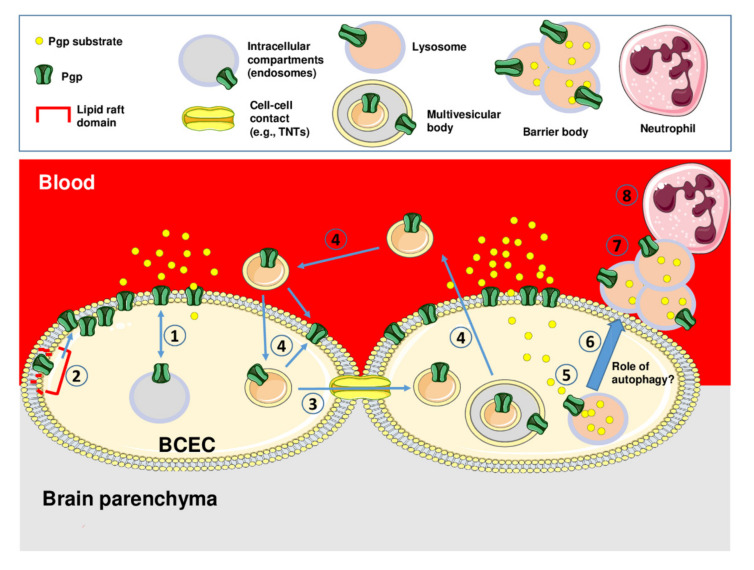
Figure [2]

Figure [3]
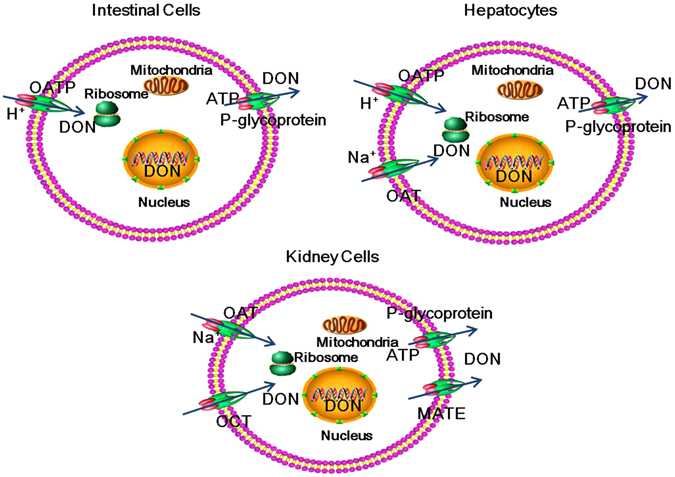
Figure [4]
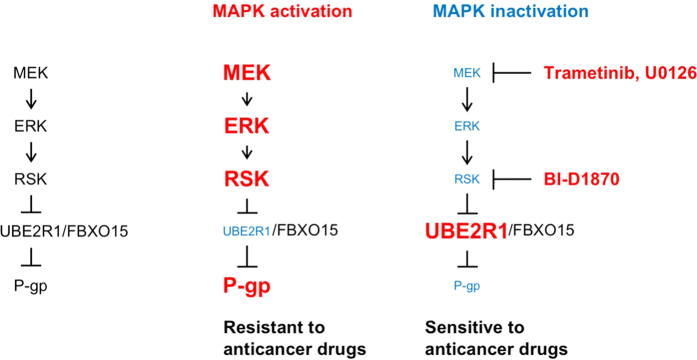
Figure [5]
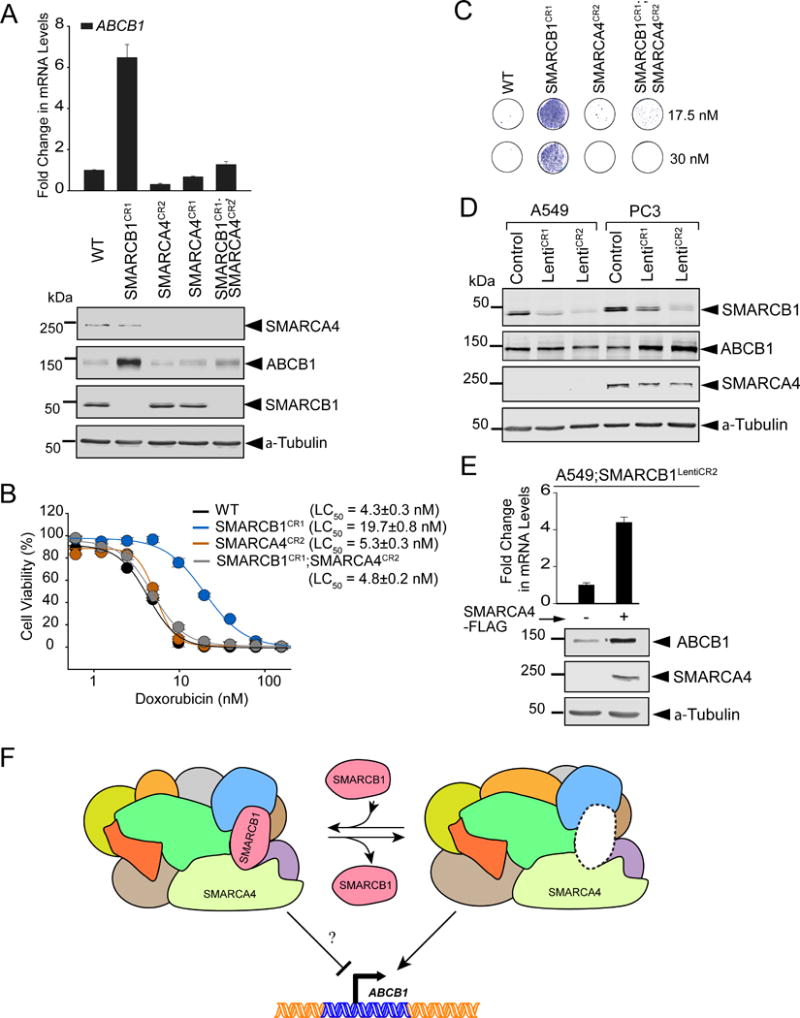
Figure [6]
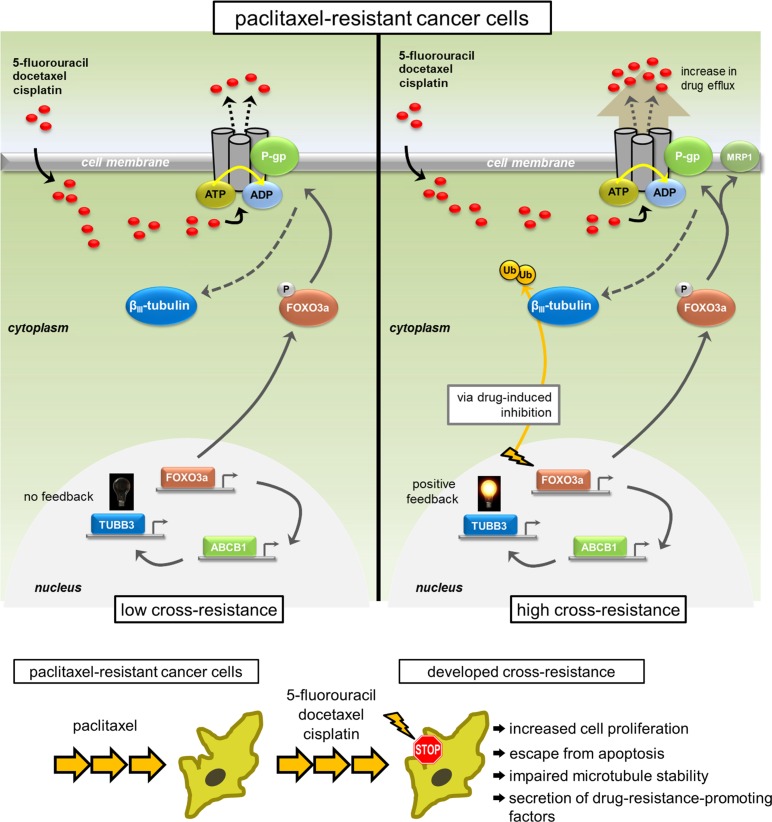
Figure [7]
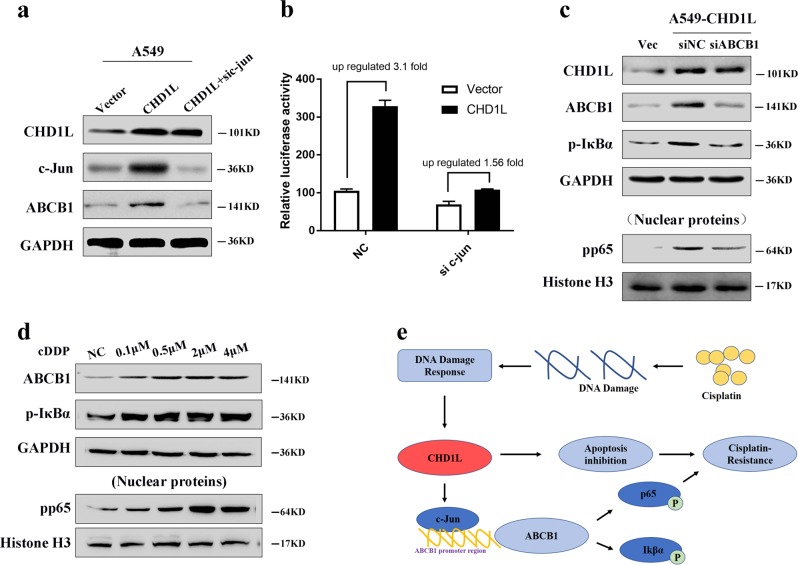
Figure [8]
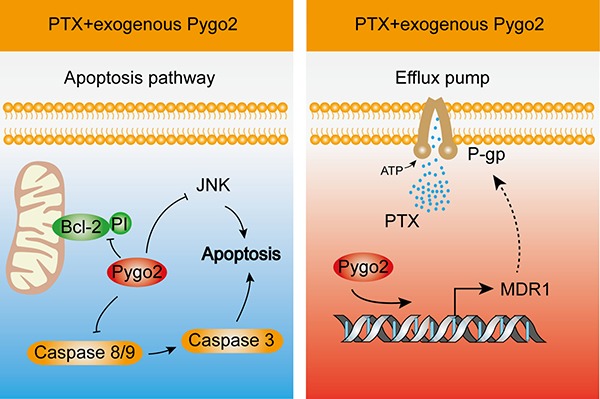
Figure [9]
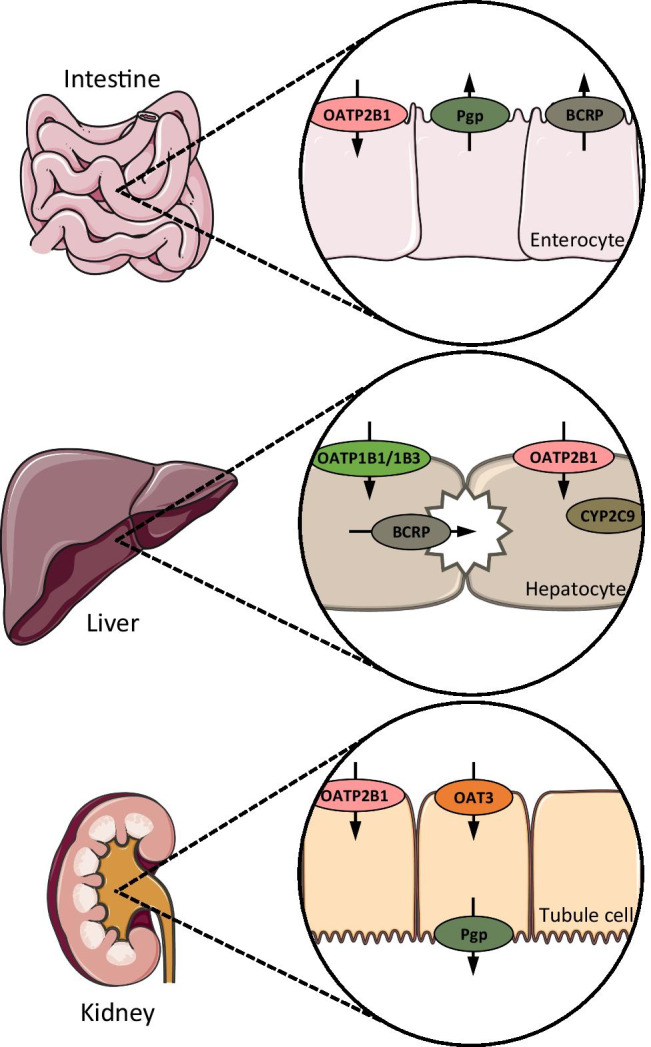
Note: If you are interested in the full version of this target analysis report, or if you'd like to learn how our AI-powered BDE-Chem can design therapeutic molecules to interact with the ABCB1 target at a cost 90% lower than traditional approaches, please feel free to contact us at BD@silexon.ai.
More Common Targets
ABCB1 | ABCG2 | ACE2 | AHR | AKT1 | ALK | AR | ATM | BAX | BCL2 | BCL2L1 | BECN1 | BRAF | BRCA1 | CAMP | CASP3 | CASP9 | CCL5 | CCND1 | CD274 | CD4 | CD8A | CDH1 | CDKN1A | CDKN2A | CREB1 | CXCL8 | CXCR4 | DNMT1 | EGF | EGFR | EP300 | ERBB2 | EREG | ESR1 | EZH2 | FN1 | FOXO3 | HDAC9 | HGF | HMGB1 | HSP90AA1 | HSPA4 | HSPA5 | IDO1 | IFNA1 | IGF1 | IGF1R | IL17A | IL6 | INS | JUN | KRAS | MAPK1 | MAPK14 | MAPK3 | MAPK8 | MAPT | MCL1 | MDM2 | MET | MMP9 | MTOR | MYC | NFE2L2 | NLRP3 | NOTCH1 | PARP1 | PCNA | PDCD1 | PLK1 | PRKAA1 | PRKAA2 | PTEN | PTGS2 | PTK2 | RELA | SIRT1 | SLTM | SMAD4 | SOD1 | SQSTM1 | SRC | STAT1 | STAT3 | STAT5A | TAK1 | TERT | TLR4 | TNF | TP53 | TXN | VEGFA | YAP1

